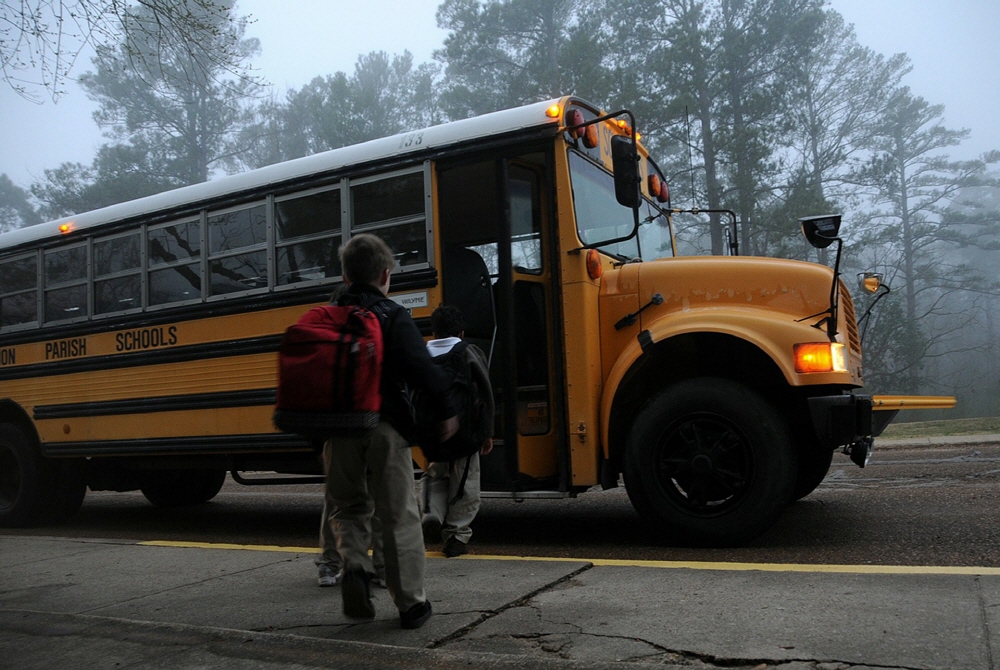
You can see yellow school buses in American movies and TV shows. School buses first appeared in 1939. As students, schools, and road systems continued to change, they became increasingly complex and costly, and they were faced with the problem of reduced efficiency and performance of school buses. However, it is becoming a hot topic for solving this problem with algorithms.
Parents of children attending Boston Public Schools can choose from several schools for their children to attend. The purpose is to eliminate inequality. However, Boston has more schools than other areas, so the bus routes inevitably become more complicated as parents have more choices.
Boston also offers a wider range of school bus services than any other area, making matters more difficult. It is said that some schools have up to 20 different zip codes for students. Each school has a different start time, so it sometimes starts at 7:15 in the morning or 9:30 at the latest. It is a factor that increases the difficulty of determining bus routes.
In 2017, Boston Public Schools had an annual pickup cost of $2,000 per student. It accounts for 10% of education expenses. Since no company could address these issues, Boston Public Schools decided to hold a contest to study whether the anonymized data could reveal an optimal route and optimal class start time for Boston school districts.
According to the Boston Public Schools project manager, there are some children who need the same driver every year, depending on the child, as well as the bus’s own infrastructure issues, such as the width of the road, whether there is a wheelchair lift, or whether there is a safety seat, surrounding transportation within the school district. As many as 5,000 children require a door-to-door shuttle.
Arthur Delarue of the MIT Operations Research Center, who won the contest, says there is a solution to this problem, but it takes hundreds of hours. Until then, determining bus routes took thousands of hours by 10 route creators. However, using MIT’s algorithm, the entire route is created in one operation, providing a basis for human operators to coordinate.
He said the job of route management, which interacts with drivers, principals, parents and students, is important, but says the order of visits and route design is not something that humans can efficiently solve. The value provided by the algorithm lies here.
Boston saw dramatic changes when it first introduced the algorithm between 2017 and 2018. The algorithm creates a route map that is 20% more efficient than a manually created map in 30 minutes, and the longer the time to run the algorithm, the higher the map efficiency. In the summer of 2017, the algorithm was able to reduce 50 buses, reducing the mileage by 1.6 million km annually and reducing carbon dioxide emissions by 9,000 kg per day. As a result, the school district was able to redirect the $5 million saved to investment in classroom facilities.
The Boston Public Schools project manager says the new route has been created so that students don’t have to take other buses or walk more. He is surprised at the solution through the algorithm, saying that it was possible to reduce the total number of stops while reducing the walking time for students living in hazardous areas.
In December 2017, following an algorithm recommendation, the Boston School Board approved the first change in school start times in 30 years. 85% of Boston schools participated in this approval. Studies have shown that setting class start times before 8 o’clock can have a negative effect on teenage students. A study by MIT also found that a significant number of parents in Boston prefer slower class times. Approval of the start time change was made in accordance with this report.
However, the change to the school start time did not materialize. The change is that the start time for the older students is delayed so that it is different from the start time for the lower grade students. This is because there has been objection from parents that significant changes to school start times affect family schedules and increase the burden of childcare.
Although there was no drastic change in class start times, the Boston Public Schools manager emphasized that the project had a good impact on the city as a whole, highlighting one example of capitalizing on the great research potential Boston has to offer. Related information can be found here.

